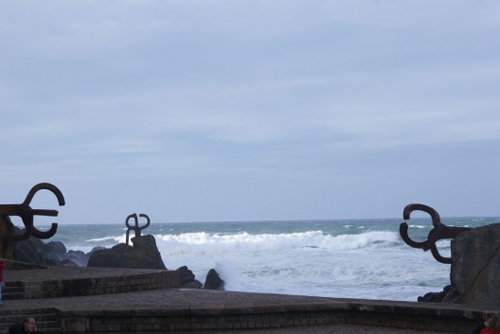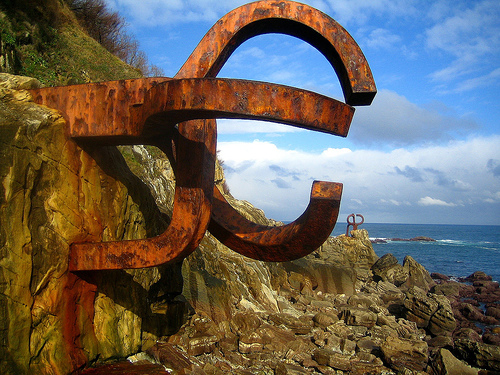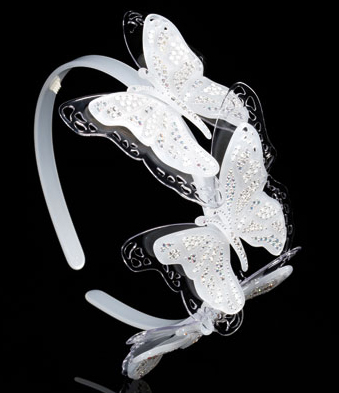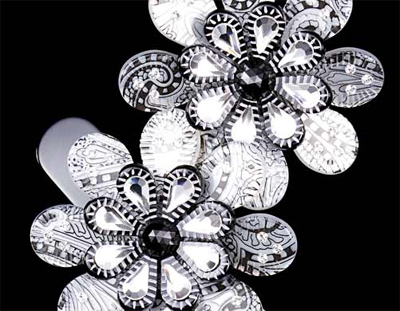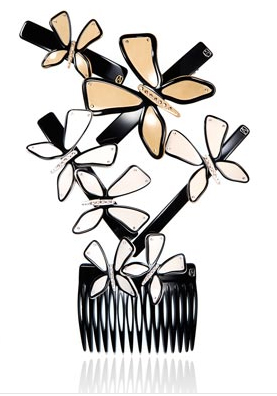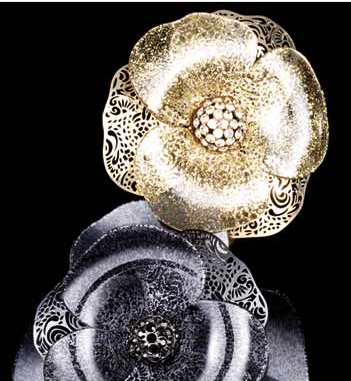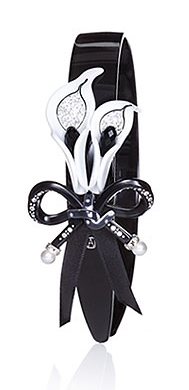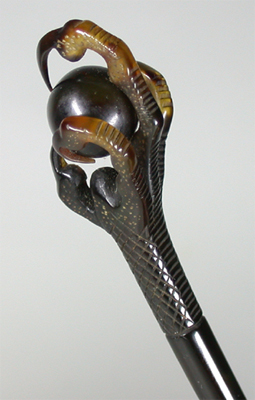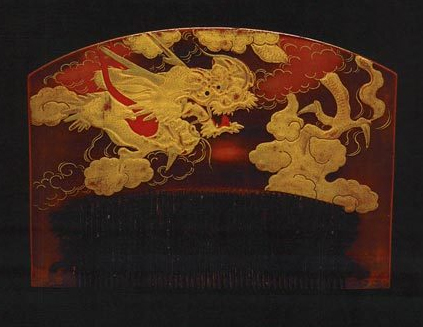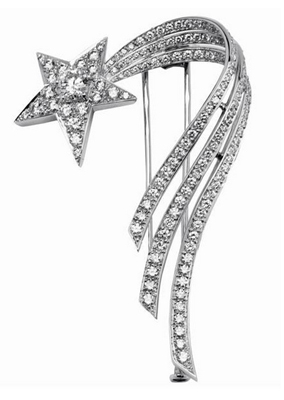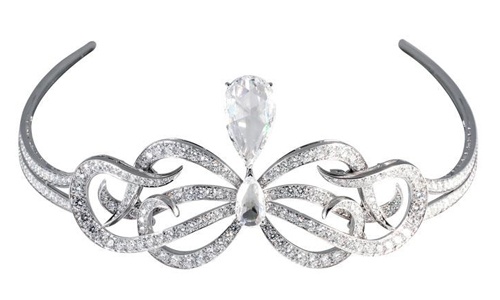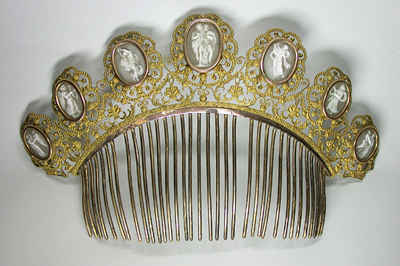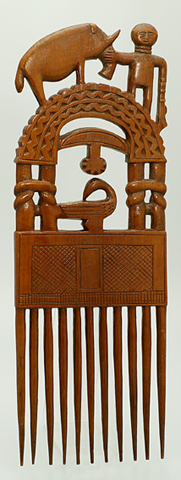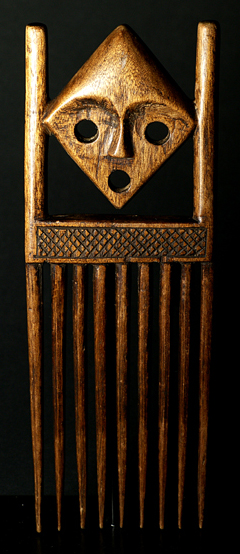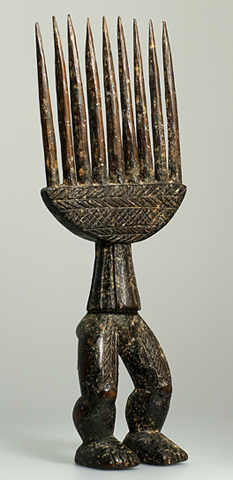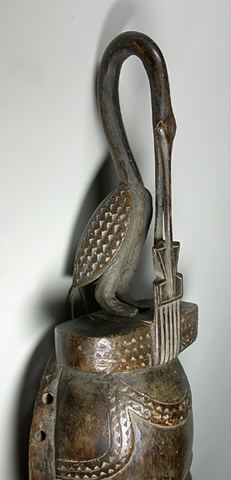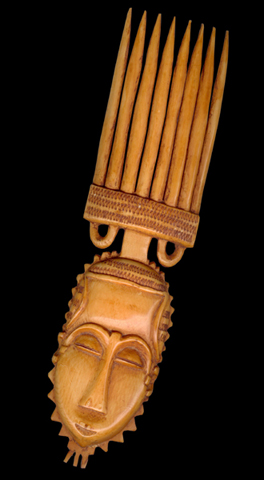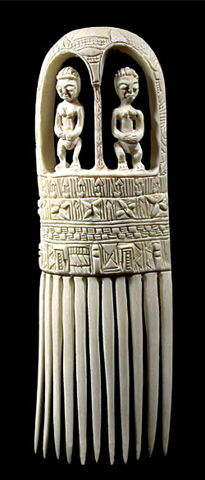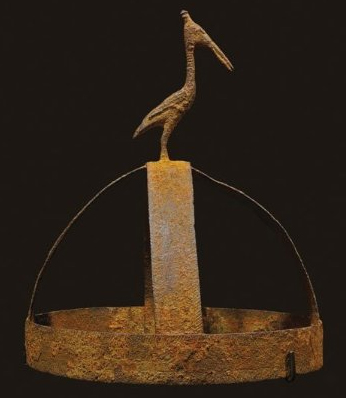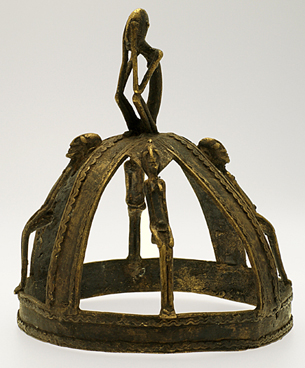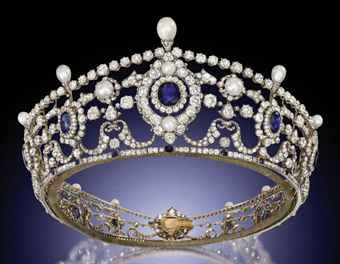Piene Del Viento II (1959) by Eduardo Chillada is being auctioned at Sothebys in London on Feb. 11, 2011, for an estimated price of $1,269,439. It will go higher.
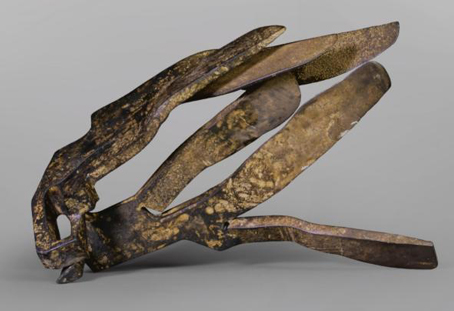
Using steel, Chillada chose a comb as a metaphor to bring wind to life. He saw the wind as an invisible hand that combed the sea and the woods as well as the hair of men and women. This early sculpture is a hand opening its fingers to let the wind of the open seas pass through them.
Eduardo Txillida Juantegi (in Basque) was a sculptor who gave life to space and emptiness.

In a dialogue with his friend Martin Heidegger, they both understood space as a material medium, and the body as already beyond itself.
Chillada wrote, “I believe in perception, which is riskier and more progressive than experience. Perception is the present with a foot firmly planted in the future. Experience is the present, with your foot planted in the past.”
The most famous Peine Del Viento, number XV, is a set of three massive, haunting abstract steel forms, which emerge out of the rocks of the Bahía de la Concha (Shell Bay) al final de la Playa de Ondarreta (at the end of Ondarreta Beach) en San Sebastián, País Vasco. (in the northern Spanish city of San Sebastián, Basque Country.)
